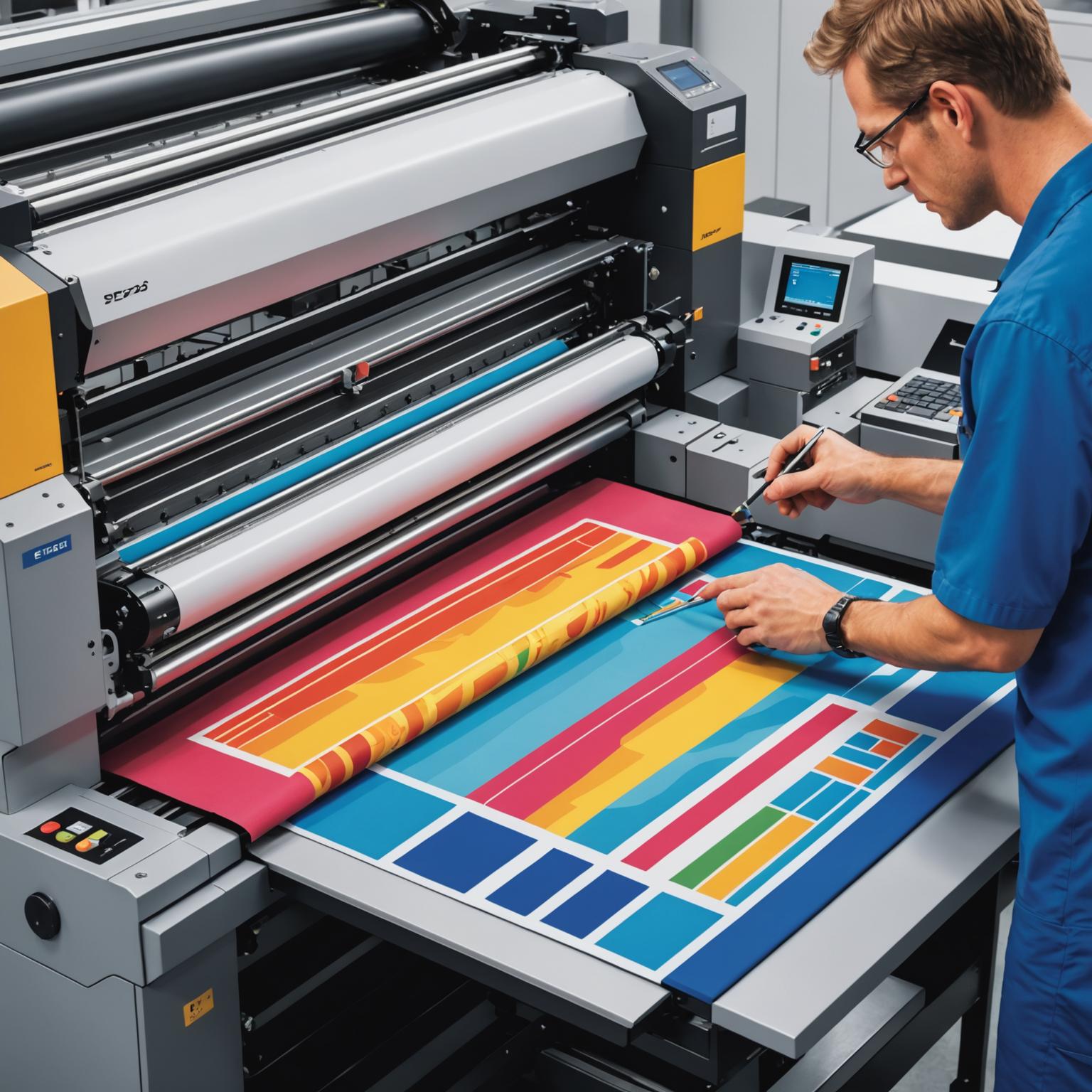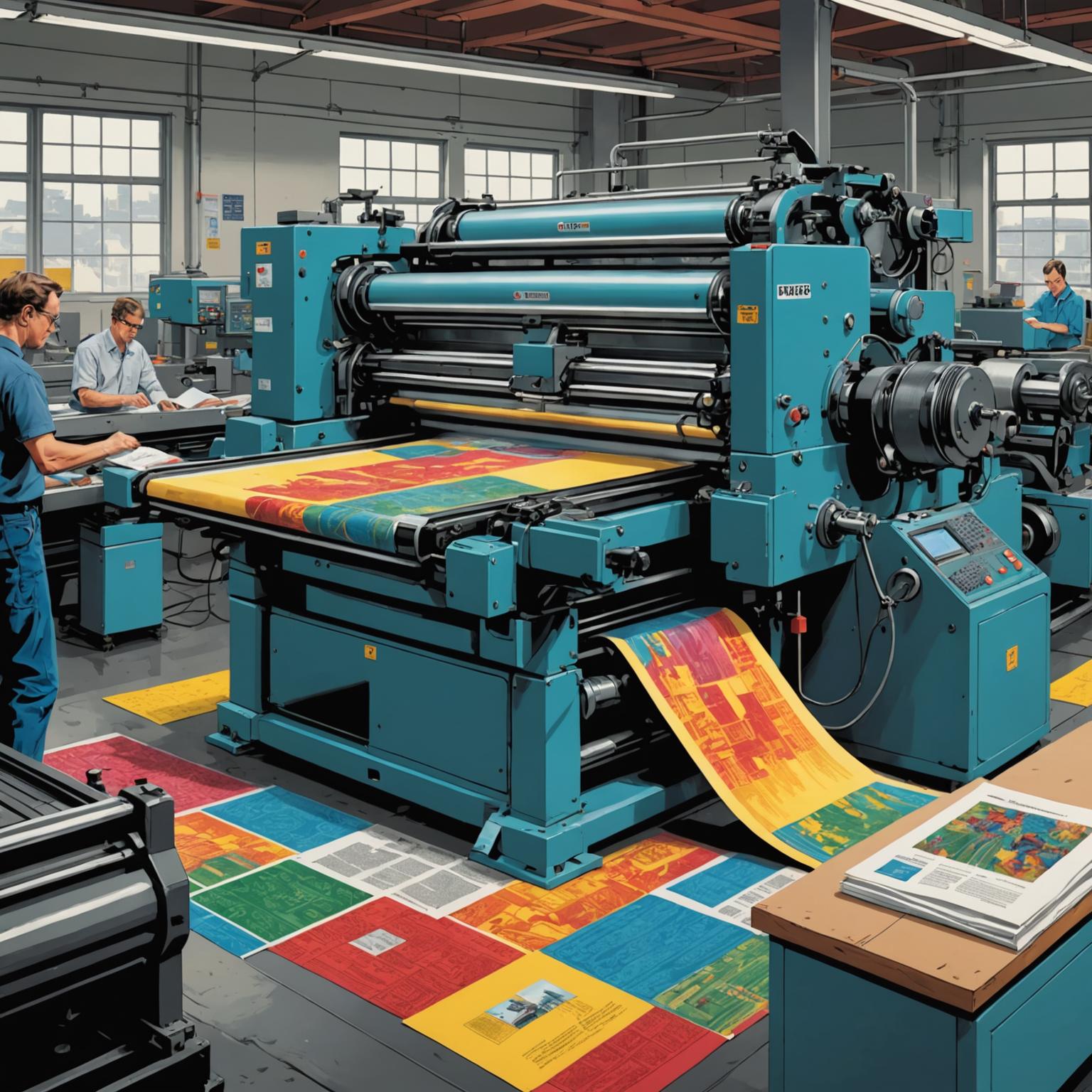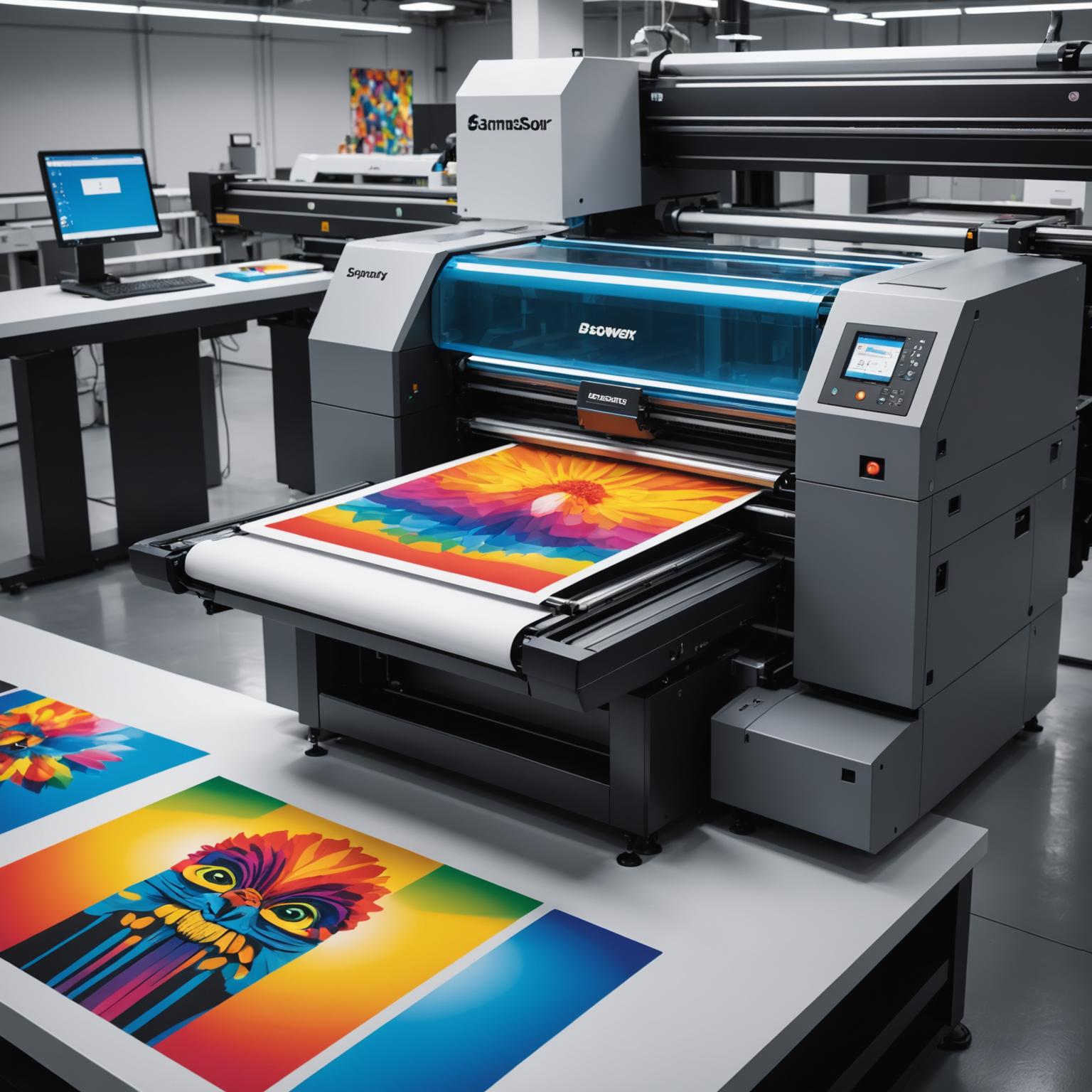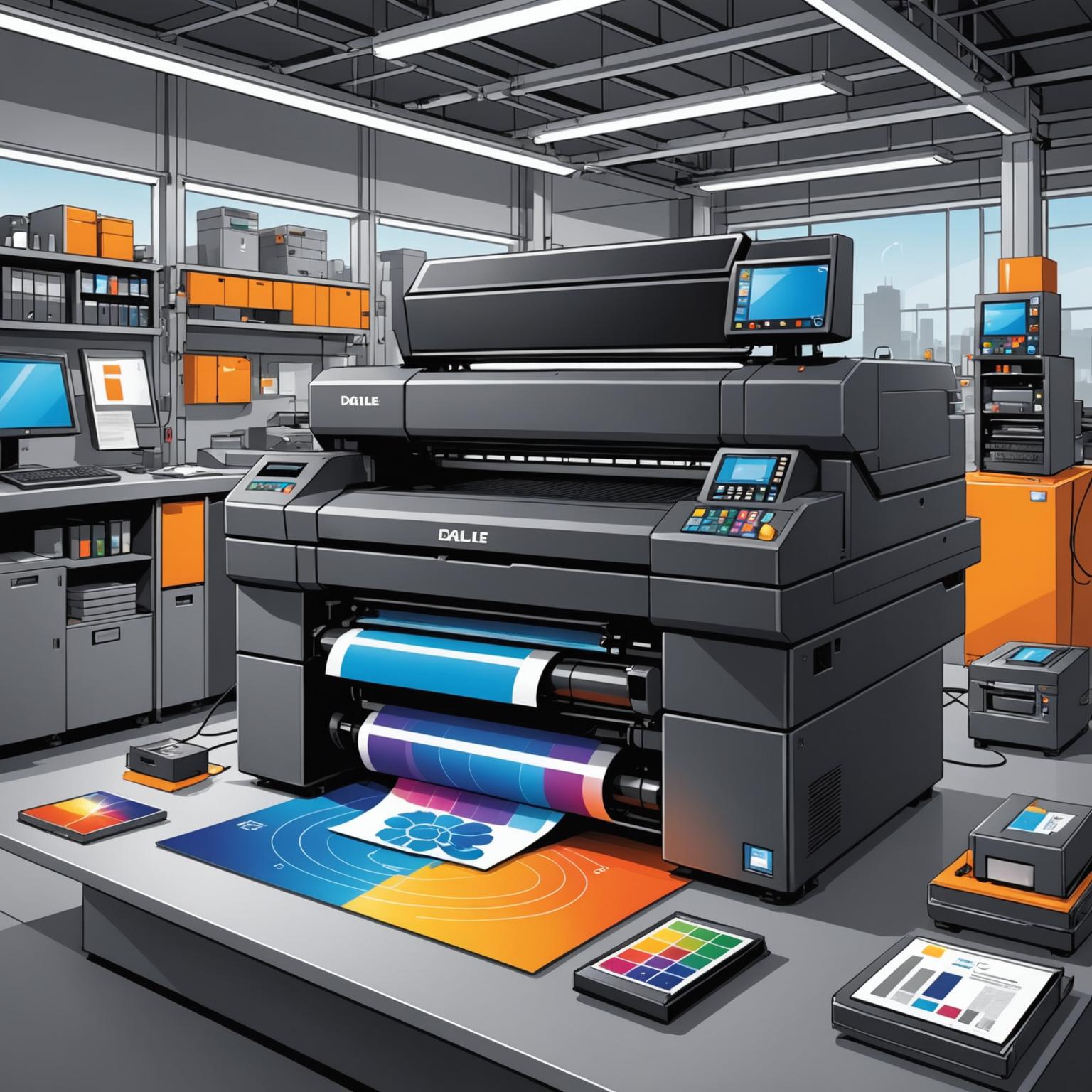In today's fast-paced and data-driven world, the ability to track, manage, and authenticate products is more crucial than ever. This is where the innovation of the Variable data printable label comes into play, revolutionizing industries from apparel to automotive manufacturing. Variable Data Printing (VDP) is a form of digital printing that allows for elements such as text, graphics, and images to be changed from one printed piece to the next, without stopping or slowing down the printing process. This capability enables the creation of unique labels for individual items in a single print run, opening up a world of possibilities for traceability, security, and personalization.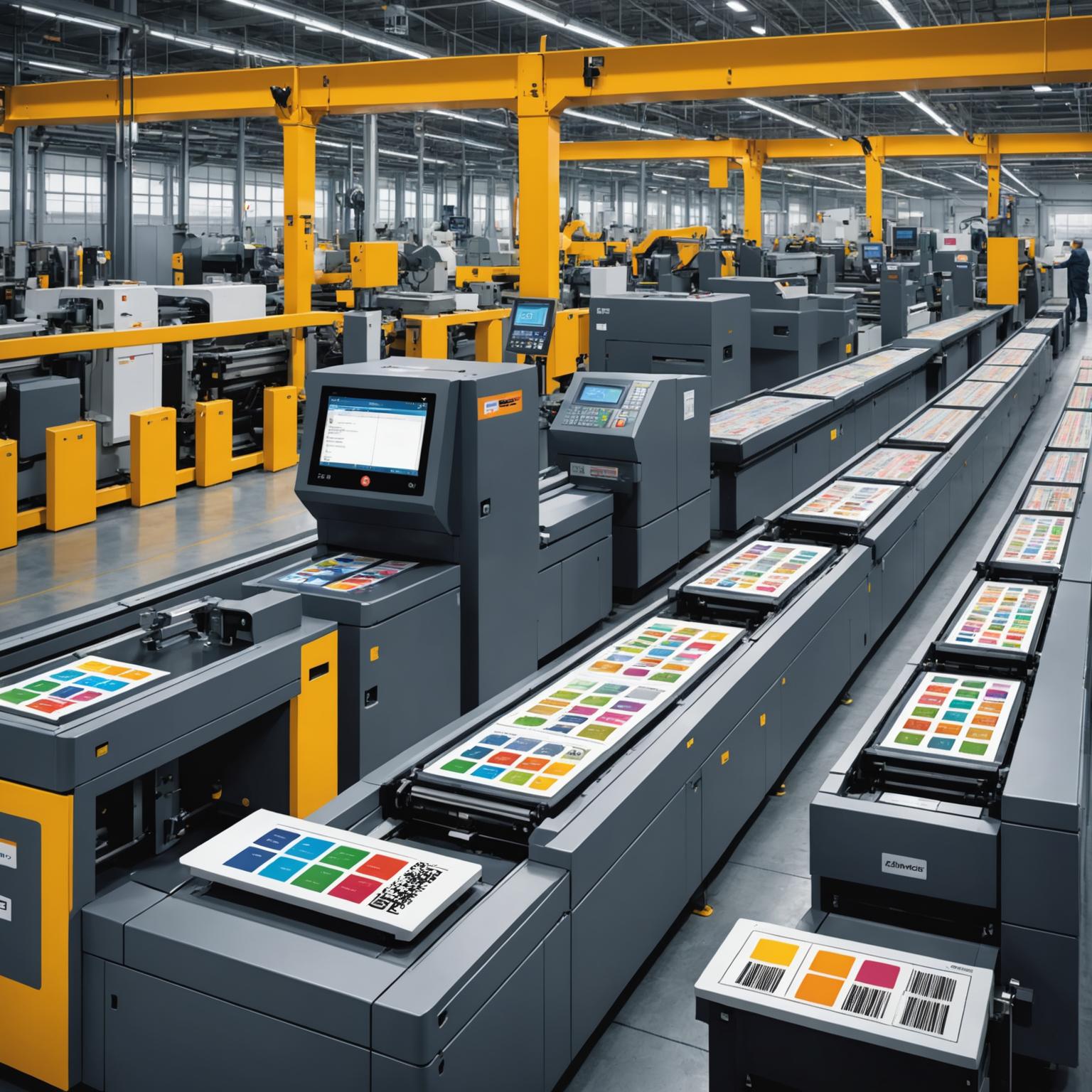
Understanding the Power of Variable Data Printing
A Variable data printable label can carry a wide array of unique information. This includes sequential serial numbers, unique alphanumeric codes, distinct barcodes, QR codes, batch numbers, production dates, and even personalized customer information. The primary benefit of this technology is the unparalleled level of traceability it provides. Companies can track a single product from the factory floor to the end consumer, streamlining inventory management, simplifying recall processes, and ensuring product authenticity. Furthermore, these unique identifiers are a powerful tool in the fight against counterfeiting. By equipping products with labels that are difficult to replicate, brands can protect their revenue, reputation, and most importantly, their consumers from fraudulent goods.
The Synergy Between VDP and Heat Transfer Labels
While the data is critical, the method of application is equally important for ensuring longevity and durability. This is where Heat transfer labels prove to be an exceptional partner for variable data printing. Heat transfer technology involves using heat and pressure to apply a pre-printed label onto a substrate. The resulting bond is incredibly strong, making the label an integral part of the product itself. When variable data is printed onto Heat transfer labels, it creates a permanent, tamper-evident marking that can withstand harsh conditions, including washing, abrasion, chemical exposure, and extreme temperatures. This combination is ideal for applications like branding and care instructions on textiles, component identification in electronics, and part marking in the automotive industry, where durability is non-negotiable.
Real-World Applications and Choosing the Right Solution
The practical applications of this technology are vast. An apparel company might use Heat transfer labels with unique QR codes to share the story of a garment's production or to link to a specific product verification page. In the electronics sector, a tiny component can be marked with a unique data matrix code for its entire lifecycle. When choosing a labeling solution, businesses must evaluate their specific needs. Key considerations should include the product's intended environment, the required level of security, and the desired customer interaction. For those seeking a robust, permanent, and highly customizable solution, the combination of a Variable data printable label and heat transfer application methods offers a superior choice, ensuring data integrity and product security throughout the supply chain.



